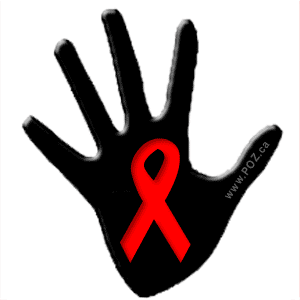Children with AIDS in Asia are resistant to HIV drugs
Friday, December 2nd, 2011 8:38:42 by Fahad Awan
Children with AIDS in Asia are resistant to HIV drugs
Teenagers in Asia receiving treatment for HIV are showing early signs of osteoporosis and children as young as five are becoming resistant to AIDS drugs, an anti-AIDS group said on Thursday, urging more attention be given to young HIV patients.
The finding, made available on World AIDS Day, is a reminder that while more people in Asia now have access to basic AIDS drugs, improved medicines remain out of reach and patients — both adults and children — still suffer from inadequate care.
In Asia, some 160,000 children are infected with the human immunodeficiency virus (HIV), which causes AIDS. Of these, 57,000 require treatment but only 30,000 were receiving it as of the end of 2008, according to UNICEF.
Researchers at TREAT Asia found children as young as five were developing resistance to AIDS drugs and may soon require improved, more expensive medicines, which are not available for them yet.
"In our cohort, about 14 percent of the children have failed first-line drugs … Some of the children who are already on second-line are under the age of five," Annette Sohn, director of TREAT Asia, told Reuters in a phone interview.
Poor adherence to the timing or frequency of taking AIDS drugs can result in resistance. But in Asia, resistance is also due to the lack of drug formulations for children.
"We all made some mistakes on how we managed patients with HIV in the beginning of the epidemic," Sohn said. "We used adult tablets. We had no pediatric formulations in our countries."
Sohn said health experts and drug providers need to find ways to make third-line, more powerful drugs available for children in poor countries. Such medications are available or subsidized in rich nations but very expensive and sometimes unavailable in developing
countries.
"Unless we develop access to third-line drugs, we are going to find ourselves in a clinic room with a patient that there is nothing left and we have no other drug to give them."
A long-term study of 4,000 HIV patients under the age of 23 in Asia by TREAT Asia also showed that a high percentage of teenagers had low bone mineral density, a precursor of osteoporosis.
"We did a special X-ray on these teenagers who are about 16 years old and found that 15 percent of them had low bone mass," Sohn said.
"That is not normal. Kids are not supposed to have low bone mass when they’re 16 years old and that’s because of the effect of HIV on their bodies … brain, bone, immune system."
Tags: AIDS, HIV, UNAIDSShort URL: https://www.newspakistan.pk/?p=5424

















